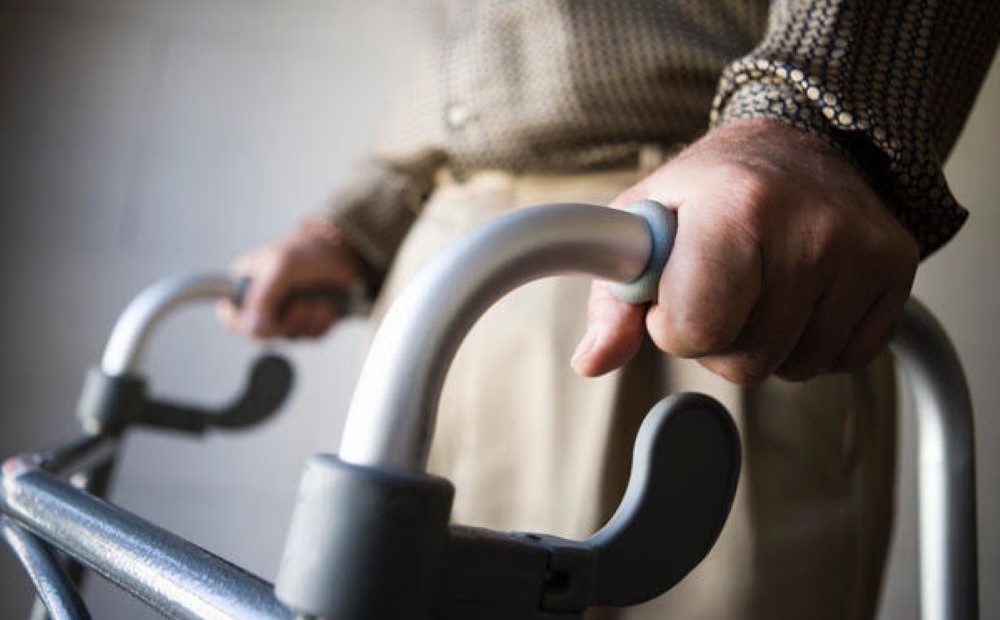
By Anil Pharande
Price is always a critical factor when Indians go on a house hunt, but is this the only important aspect? Consider this – a home is supposed to be an asset for a lifetime and should support us during all stages of life. Therefore, judging a home only by the family’s current needs is not the best approach.
In the past, most Indian middle-class homebuyers were between 35 and 38 years old – today, many are aged between 25 and 30, primarily because the Indian IT sector, where young people start earning well from early on, gives rise to most homebuyers on the market today. Also, interest rates are so low that home loans are accessible to far more people.
Another ‘Generation Gap’
Unfortunately, when homebuyers are young, they often do not have a good perspective of old age. But a home bought today must meet the homebuyer’s needs throughout their life. Older people aged 55 and above have different needs and requirements than young people in the prime of their life.
Budget undoubtedly plays a major role while buying a home, but the property must continue to serve its purpose when the bloom of youth has faded. It must be ‘future-proofed’. What does this mean?
Primarily, a home purchased today must support both today’s lifestyle aspirations and dignity and ease of living in the advanced years. When faculties begin to fade, a home must support physical comfort, health, safety, and social needs.
This applies at every level, from the property itself to the project’s amenities and the location. For example, a young married couple will look for schools for the kids and shops nearby to buy daily essentials but may overlook the need for a nearby hospital. Senior-focused facilities may seem redundant.
A jogging track and Olympic-sized swimming pool make perfect sense for the younger years, but an instant response facility for medical emergencies and a seniors zone may seem unnecessary. Most up-and-coming young Indians own one or more personal vehicles, so they will look for enough parking spaces. But many seniors today do not drive anymore and prefer to use the bus or metro instead.
Aging In Place
Aging in place is now a popular concept for several reasons. Not only do older people (remember – that includes you in the future) dislike geographical change and dislocation, but the friendships and dynamics built up over several years living in a good project add much value to their lives and are therefore hard to give up.
Also, after living in a project for so many years, you will have established routines and working relationships with local service providers that make life easy and familiar. You will be familiar with the area and how to get around to places of necessity and interest.
However, it is more than possible that the home you bought when you were younger may not provide as much comfort as you age. There will be new safety and security concerns and new challenges with getting around. A badly-planned project may not display its drawbacks to younger inhabitants, but older people will feel them.
Today, some developers market their projects specifically to target audiences such as women and married couples with children who need sufficient creative and physical energy outlets. The needs of seniors are often overlooked, so many of these ‘lifetime assets’ actually come with an expiry period.
The elderly also need access to shops for daily living essentials – but they also depend on public transportation and are more prone to mishaps or ill health, which means they need healthcare facilities nearby. Also, a vibrant old age depends significantly on the quality of social connections forged in a friendly, suitable neighbourhood during the younger years. Were the project and location chosen with these factors in mind?
These are some of the reasons why buying a cheaper home in a small project will often not meet the needs of senior citizens. Only big residential complexes with facilities like green open spaces, gardens, parks and other community areas can support senior citizens\’ needs. There invariably comes the point when today’s young homebuyers regret not having chosen a home near a hospital or with a hospital on the premises itself.
In India today, except for senior living projects, most housing cannot meet the needs of senior citizens. Homes bought because of their lower price tags will lack the amenities and facilities that allow the elderly to live a healthy and fulfilling life. This is why many seniors move into senior living projects, incurring a high additional cost when they may be close to retirement or already retired.
Picking the right home requires us to look further into the future and anticipate how our needs will change as we age.
The Integrated Township Assurance
Choosing a home in an integrated township is one of the best ways to make a future-proofed home buying decision today. Apart from the fact that integrated townships factor in the necessities of all age groups, most Indians do not want to move out of an accustomed environment when they become older.
Integrated townships incorporate several fail-safe systems and facilities not available in another kind of residential project. Apart from the assurance that the green open spaces you enjoy today will still be there in the future, a township is built according to a master plan which ensures that the lifestyle facilities and amenities are adequately maintained.
Shopping and healthcare are provided on the premises, often within easy walking distance or just a short drive away. There are no water shortages or electricity outages, and the township is kept safe with multi-level security measures. Modern townships also provide the latest smart home features, making life in township properties comfortable and easy for all age groups, including the elderly.
To ensure that moving does not become a necessity tomorrow and life continues to be easy and joyful, choose the right home today. Before making the final choice, it pays to get into a ‘time machine’ and picture yourself several years in the future.
You can also judge your own needs in old age by observing how older people around you navigate their lives. If they are homeowners, would they have chosen differently back then, had they known how their needs would change over the years?
Writer Anil Pharande is Chairman – Pharande Spaces & President – CREDAI Pune-Metro




